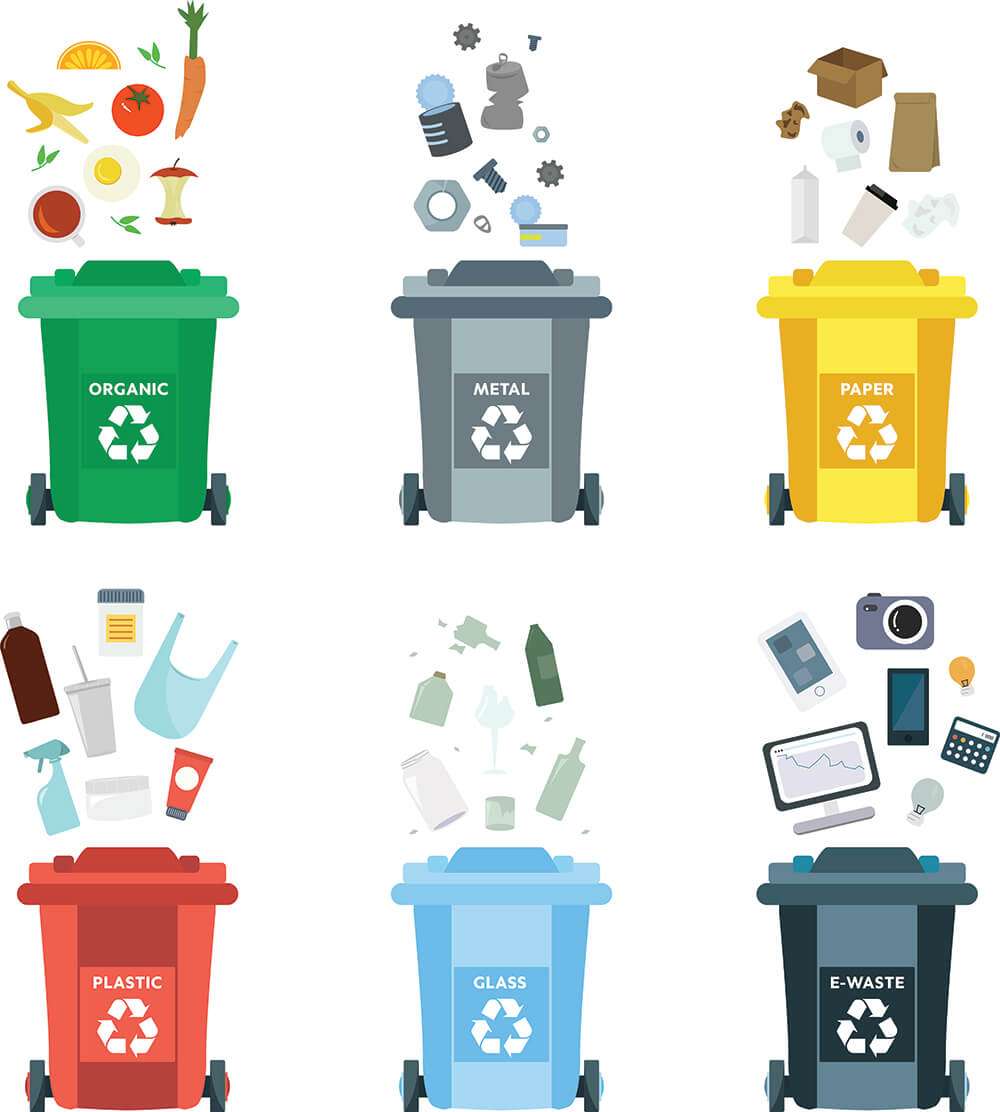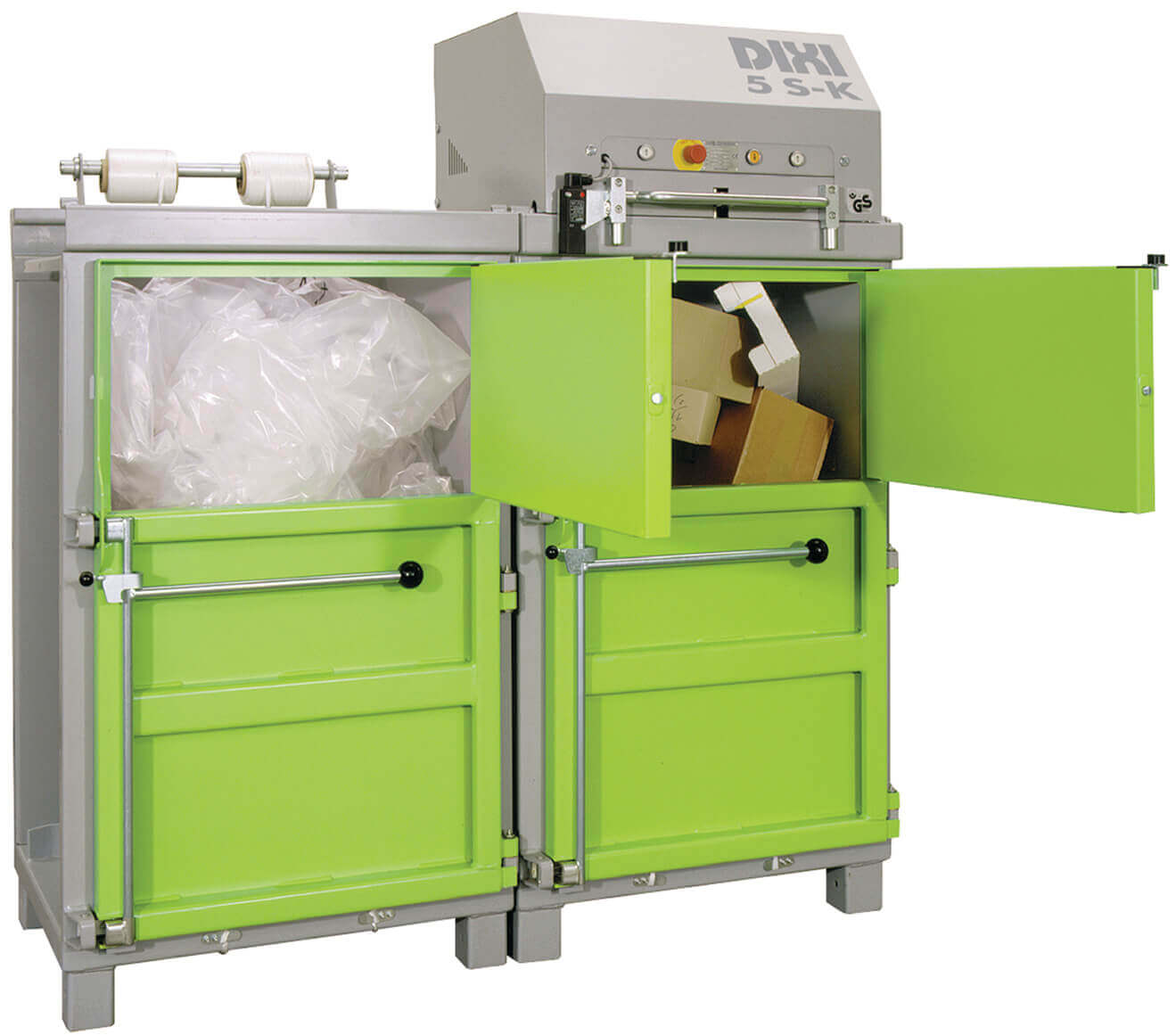Systematic and effective recycling
Recyclable by design
WRAP’s UK Plastics Pact has set a target of eliminating problematic plastic packaging through effective design, innovation and alternative delivery models. If there is more consideration for sustainability and recycling requirements at the design stage, plastics can be recycled afterwards with ease rather than just adding to UK waste levels.
Mono bubble
Bubble wrap is a perfect example of where a choice at the purchasing and specifying stage can result in an easily recyclable product. There are fundamentally two different sorts of bubble wrap in the UK. Barrier Bubble, which has a barrier layer sandwiched between layers of plastic, the barrier is usually nylon. This bubble will stay inflated for several weeks, but is much harder to recycle as the barrier layer is a contaminant.
On the other hand mono/bubble is simply made out of one sort of plastic PE and therefore easy to recycle. However its bubbles will not remain firm quite as long as a barrier bubble, but in the fresh fruit and internet fulfilment industries, where three days is a long time, why do we need a product that is difficult to recycle and lasts far longer than required?

Designed to be recycled
Plastic packaging is often made up of multiple plastic types making them particularly difficult to recycle. Their combined composition often comes about due to the demand for either product strength or convenience of design in terms of practicality and cost. For example, take the typical plastic salad tray you have for your lunch or the plastic container a child’s new toy truck comes in. These often have an PET base and a plastic film lid that is made from a different type of plastic such as polyester which means they are particularly difficult products to recycle as the two different films cannot easily be separated and consequently add to waste levels. These trays can with only a modicum of effort be designed in a single type of plastic, this can also have a very significant recycled content. Trays are made on an in-line thermoformer that takes a roll of “Base Film” which it heats up and then presses out the shape or formed tray. This tray is then loaded with the product (salad or toy) after which “Lidding Film” is then heat welded to the base to seal the whole pack. By changing the base layer and the lidding layer to a single type of plastic a mono-material pack is created, thus massively increasing the potential for recycling.
Labelling, segregation and collection process
A system to clearly label waste will make it a lot easier for businesses to separate their waste. Clearly marked containers for different kinds of waste and well-understood recycling procedures can ensure that potentially recyclable materials are recycled and ensures less waste goes to landfill. Only 56% of plastic bottles are recovered in the UK, largely because of a lack of suitable collection processses which are a vital ingredient in global reprocessing and sustainability. If a consistent collection process was in place, we would have less discarded waste ending up as pollution.

Machinery - Shredders can play a vital role in waste management, reducing the physical volume of material. The finely shredded waste plastic makes economics of collection and re-processing much more viable. A bailing machine can be a valuable tool in simplifying recycling. These machines compact and bundle cardboard, plastic film and shrink wrap allowing businesses to efficiently sort at source and store the waste streams they generate.
Machinery
Shredders can play a vital role in waste management, reducing the physical volume of material. The finely shredded waste plastic makes economics of collection and re-processing much more viable. A bailing machine can be a valuable tool in simplifying recycling. These machines compact and bundle cardboard, plastic film and shrink wrap allowing businesses to efficiently sort at source and store the waste streams they generate.
